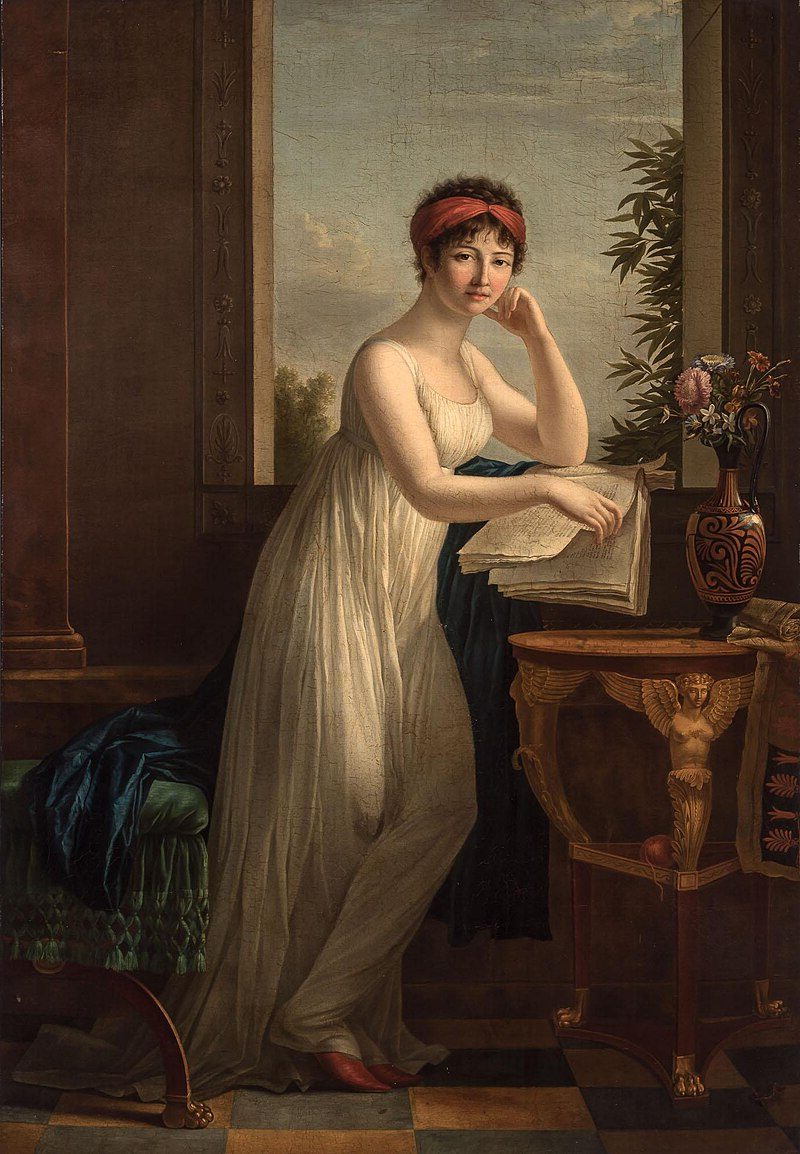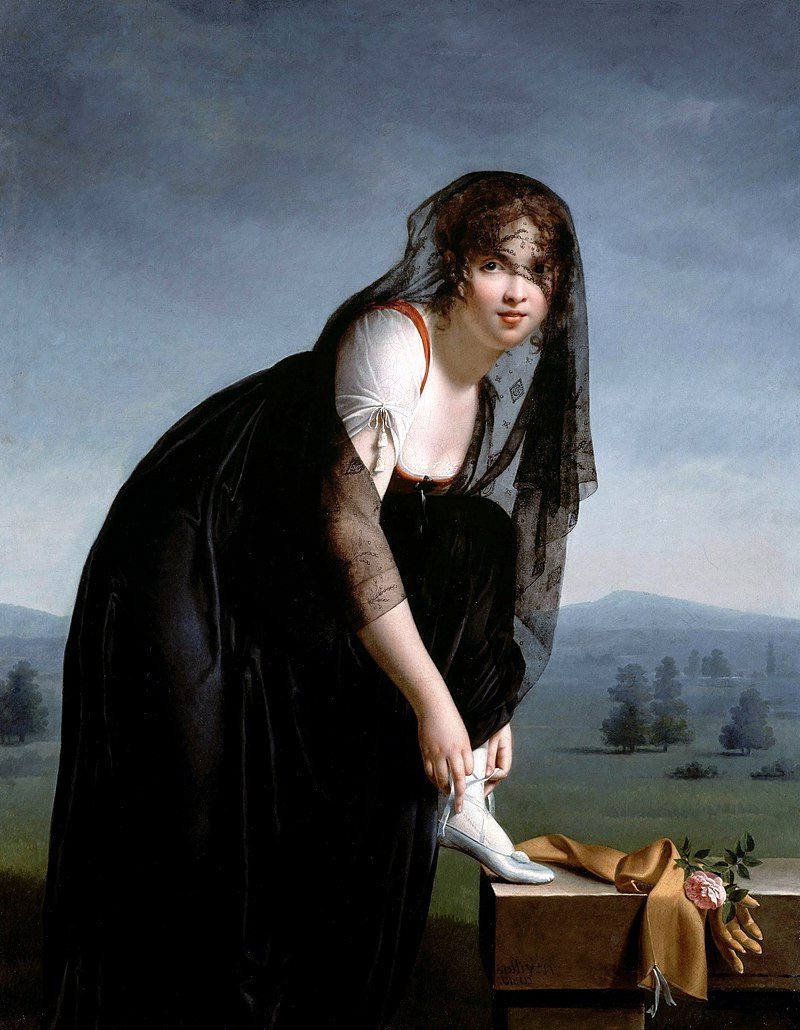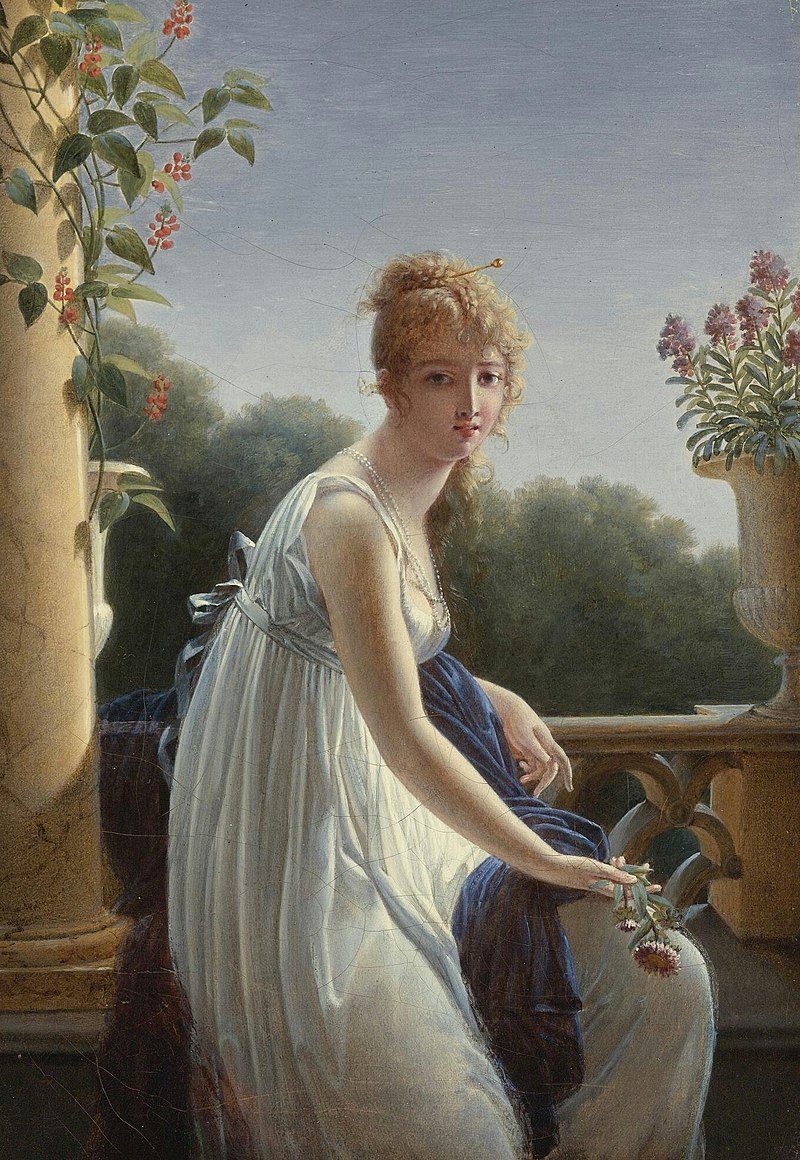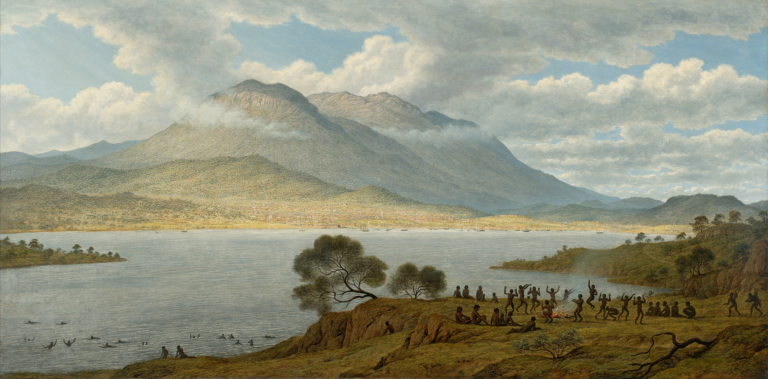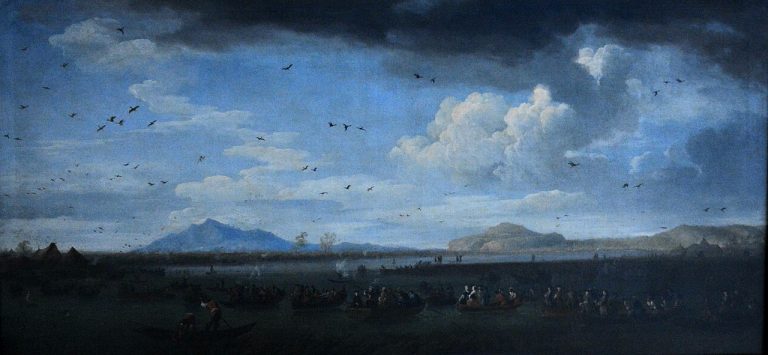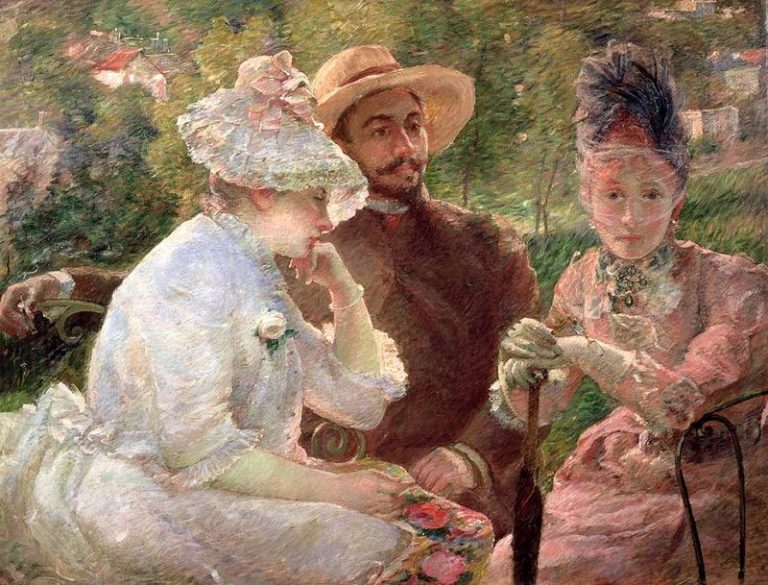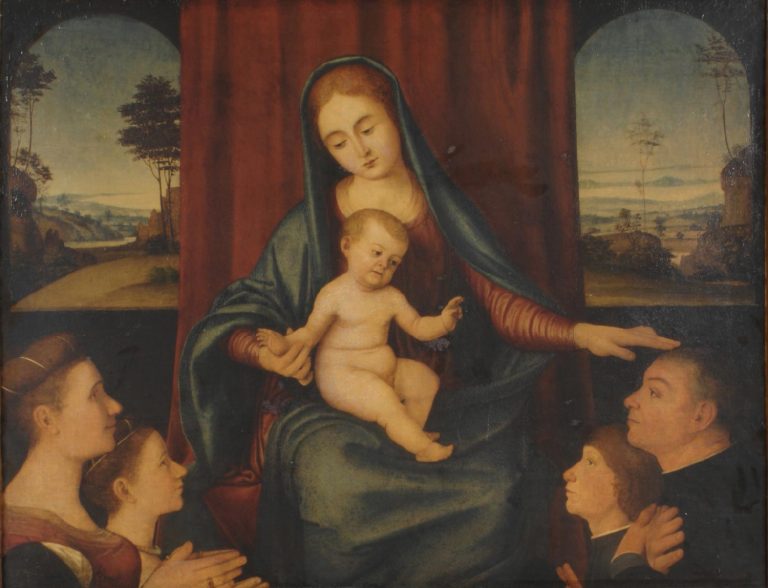Marie Denise Villers: Painter of Neoclassical Portraits in Revolutionary France
Born: 1774, Paris, France
Death: 19 August 1821, Paris, France
Art Movement: Neoclassicism
Nationality: French
Teachers: François Gérard and Jacques-Louis David
Marie Denise Villers: Painter of Neoclassical Portraits in Revolutionary France
Life and Career of Marie Denise Villers
Marie Denise Villers was a French painter. She was active in the late 18th and early 19th centuries. Villers focused on portrait painting and exhibited her work at the Paris Salon.
Early Years and Education
Marie Denise Lemoine was born in Paris in 1774. She came from an artistic family. Her sisters Marie-Victoire and Marie-Élisabeth were also painters. This creative environment sparked her interest in art from a young age.
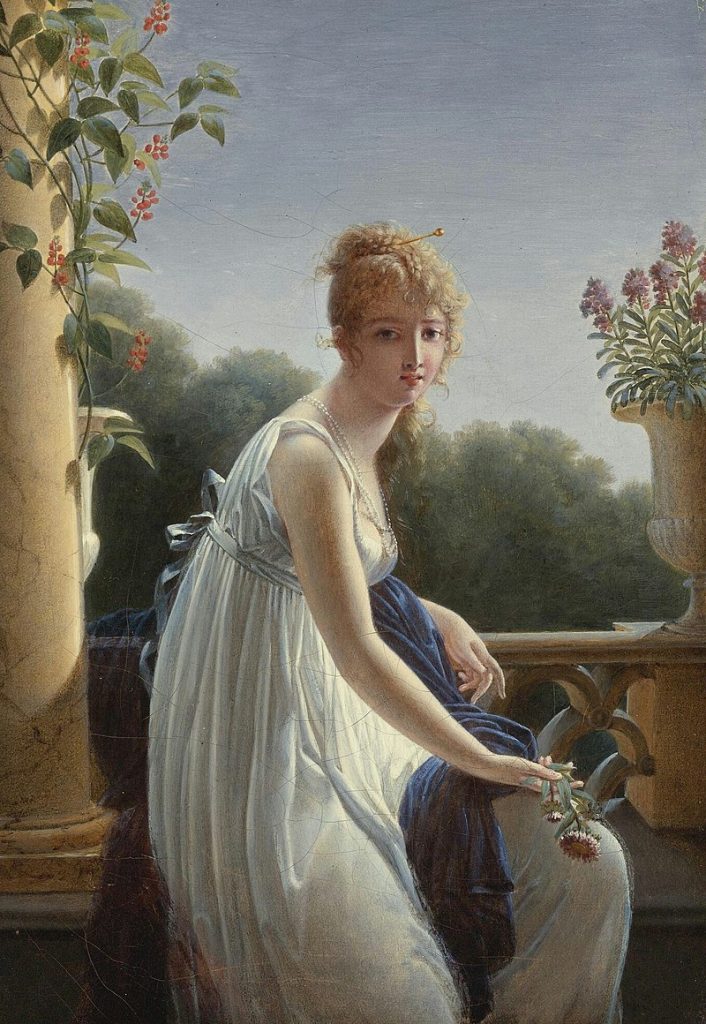

Villers likely received her early art education at home. She learned from her sisters and cousin Jeanne-Élisabeth Chaudet. These family connections helped shape her early artistic development.
As a young woman, Villers may have studied under well-known artists of the time. Some think she trained with Anne-Louis Girodet-Trioson or François Gérard. Both were students of the famous painter Jacques-Louis David.
Personal Life and Marriage
In 1794, Marie Denise married Michel-Jean-Maximilien Villers. Not much is known about their personal life together. The marriage seems to have supported her artistic career rather than hindered it.
Villers continued to paint and exhibit her work after getting married. This was not always common for women artists of her time. Her husband may have encouraged her artistic pursuits.
The couple did not have any known children. This may have allowed Villers more time to focus on her art career.
Professional Development and Key Influences
Villers first showed her art at the Paris Salon in 1799. This was an important step in her career as a professional artist. The Salon was the main place for artists to display their work and gain recognition.
She continued to exhibit at the Salon in the following years. Her most famous painting, “Portrait of Charlotte du Val d’Ognes,” was created in 1801. For many years, experts thought this work was by Jacques-Louis David.
Villers’ style shows the influence of neoclassicism. This was the main art movement in France at the time. Her portraits feature clean lines and a focus on the sitter’s character.
The last known date for one of Villers’ paintings is 1814. After this, there is little information about her life or career. She died in Paris in 1821 at the age of 47.
Artistic Style and Notable Works
Marie-Denise Villers was a skilled French painter who focused on portraits. Her work showed elements of Neoclassicism, a popular style in late 18th and early 19th century art.
Defining Neoclassicism in Her Art
Villers’ paintings had clean lines and a focus on balance. She used soft lighting to create a calm mood in her works. Her subjects often wore simple clothes in muted colors. This fit with Neoclassical ideas of restraint and order in art.
Villers paid close attention to small details. She was good at painting faces that looked lifelike and showed the personality of her subjects. Her backgrounds were often plain, which made the person in the painting stand out more.
Key Paintings and Exhibitions
Villers showed her work at the Paris Salon. This was a big art show held each year. In 1799, she displayed a painting there called “Study of a Young Woman.” Many people liked this work.
Her most famous painting is “Young Woman Drawing.” For a long time, people thought David painted it. Now we know Villers made it. The painting shows a woman artist at work. It gives us a peek into the world of women painters at that time.
Study of a Young Woman and Other Portraits
“Study of a Young Woman” is one of Villers’ best-known works. It shows a woman sitting by a window. The light from outside falls on her face and clothes. This creates a soft, dreamy look.
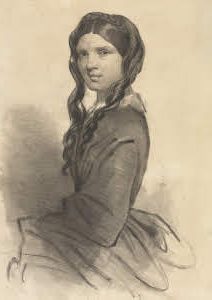

Villers painted many other portraits too. She often painted women, showing them as smart and thoughtful. Her skill helped her make a living as an artist. This was not easy for women to do back then.
Some think “Young Woman Drawing” might be a self-portrait. If true, it shows how Villers saw herself as a professional artist.
Legacy and Recognition in Art History
Marie Denise Villers’ contributions to art have been reassessed in recent decades. Her work now hangs in major museums, bringing renewed appreciation for her talent and skill as a portrait painter.
Reassessment of Her Contribution to Art
Art historians have taken a fresh look at Villers’ paintings. For years, her famous work “Young Woman Drawing” was wrongly credited to Jacques-Louis David. In 1996, scholar Margaret Oppenheimer identified Villers as the true artist.
This discovery sparked new interest in Villers’ art. Experts now praise her ability to capture psychological depth in her subjects. Her self-portrait shows remarkable skill and insight.
Villers’ work fits into the Romantic movement of the early 1800s. She focused on emotion and individuality in her portraits.
Presence in Museums and Collections
Villers’ paintings can be found in top museums today. The Metropolitan Museum of Art in New York owns “Young Woman Drawing.” This painting draws many visitors each year.
Other works by Villers are in French museums. The Louvre may have some of her pieces, though records are unclear. Her “Portrait of the Duchess of Angoulême” is noted in exhibition records from 1801.
Museums now highlight Villers as an important female artist of her time. Her work appears in shows about women painters of the 1800s. This gives the public a chance to see and appreciate her talent.
Frequently Asked Questions
Marie Denise Villers was a talented French painter who left her mark on the art world. Her life and work sparked curiosity and discussion among art lovers and scholars alike.
What is the most recognized work by Marie Denise Villers?
Villers’ most famous painting is “Portrait of Charlotte du Val d’Ognes” from 1801. This piece gained attention for its skill and beauty.
The portrait shows a young woman in a white dress sitting by a window. It displays Villers’ talent for capturing light and emotion in her subjects.
How did Marie Denise Villers contribute to the neoclassical movement in art?
Villers added to the neoclassical style through her portraits. She focused on clean lines and balanced compositions typical of the movement.
Her work showed influences from famous artists like Jacques-Louis David. Villers brought a softer touch to neoclassical portraiture, especially in her depictions of women.
Which museums house the works of Marie Denise Villers?
Some of Villers’ paintings can be found in major art museums. The Metropolitan Museum of Art in New York City has her famous “Portrait of Charlotte du Val d’Ognes” on display.
Other works by Villers are in French museums. The Louvre in Paris may have some of her pieces in their collection.
How has Marie Denise Villers been historically misattributed in her works?
For many years, some of Villers’ paintings were thought to be the work of other artists. Her “Portrait of Charlotte du Val d’Ognes” was once credited to Jacques-Louis David.
Art experts later discovered the true creator of these works. This mix-up shows how women artists were often overlooked in art history.
In what ways did Marie Denise Villers’ style evolve throughout her career?
Villers started her career learning from other artists. She took lessons from well-known painters like François Gérard and Jacques-Louis David.
As she grew as an artist, Villers developed her own style. She became known for her soft details and elegant portraits of women.
What role did gender play in the critical reception of Marie Denise Villers’ artwork?
Being a woman artist in the late 1700s and early 1800s came with challenges. Villers had to work hard to gain respect in a male-dominated field.
Some critics may have judged her work differently because she was a woman. Despite this, Villers managed to build a professional reputation as a skilled portraitist.


